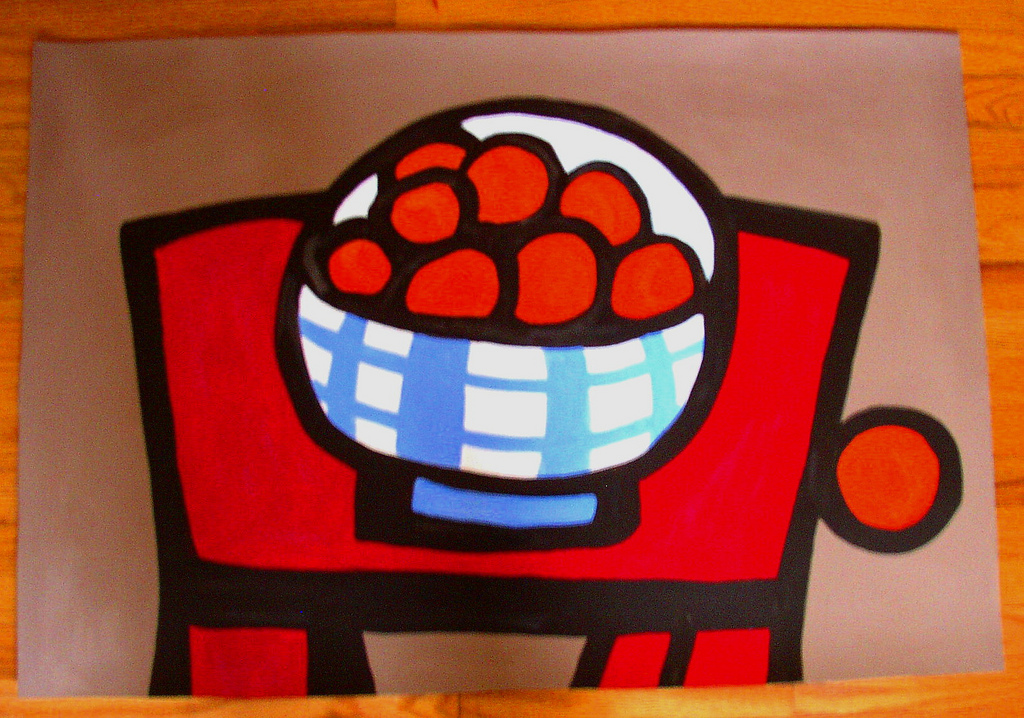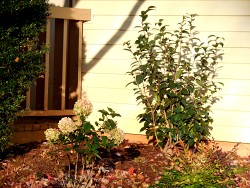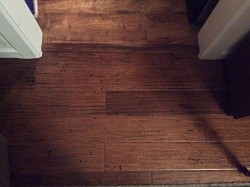How to Create a Fashionable Painted Floor Cloth
 In home fashion, they say what goes around comes around. This may be the reason why floor cloths have come back into style. Traditional décor in the US for the past 300 years, these fabric floor coverings represent the true American spirit -- practical and homey, yet bright and cheerful. Now they are being celebrated as part of today's rustic chic. Another very 21st century phenomenon is the DIY explosion. Why not combine the two and paint your own trendy floor cloth?
In home fashion, they say what goes around comes around. This may be the reason why floor cloths have come back into style. Traditional décor in the US for the past 300 years, these fabric floor coverings represent the true American spirit -- practical and homey, yet bright and cheerful. Now they are being celebrated as part of today's rustic chic. Another very 21st century phenomenon is the DIY explosion. Why not combine the two and paint your own trendy floor cloth?
About Floor Cloths
Floor cloths are also known as "canvas rugs." They can be purchased readymade and in fact, there are some very talented folks out there creating gorgeous versions. However, it's less expensive … and much more fun! … to do it yourself. This also lets you produce just the right fit for spaces of any size, that will match any color scheme and suit any decorating style.
To get crafty, the main item you will need is a piece of canvas. Cut a painter's drop cloth to the dimensions you want plus an inch or two extra for a hem allowance. You'll have to edge finish it to prevent fraying -- glue or sew a hem in place, or for a hardwearing, attractive finish, paint the edge. Even simpler, you may purchase a pre-primed cloth in a variety of sizes at major hobby stores or online. Just remember the general rule: the heavier the fabric weight, the better the quality you're getting and the longer your canvas is likely to last.
Floor Cloth Painting Tips
- The easiest surface to use for such a large project is the floor. If you're forced to work inside due to rainy Florida weather, protect your Miami flooring using a second drop cloth (which can later be painted as a rug itself).
- Iron your piece of canvas before you start painting. Then apply a base coat to prepare and stiffen the cloth. To avoid cracking, leave to cure overnight before getting started with your design. Repeat the base coat for topnotch results.
- Painting professionals advise that your best choice for paint is latex or acrylic enamel, with a matte finish. Chalk paint will give a unique effect but may not be as long-lasting. This project provides you with an excellent opportunity to use up leftover bits of coordinating or contrasting paint that you already have on hand.
- Plan your design carefully with the help of your computer or a sheet of graph paper. Then transfer it to your canvas. For stripes, checks and other simple geometrics, block out the design with painter's tape and apply the paint with a standard roller.
- If a more elaborate pattern is desired, use a stencil (purchased or homemade) plus a small roller and special stencil brush. Other alternatives include projecting the design onto the canvas cloth, stamping, or adding artistic details freehand if you're feeling brave.
- When the paint is completely dry, seal your floor cloth with polyurethane or another water-resistant sealer. Then buff with floor wax if you'd like a glossy look.
Care
Do not fold your canvas rug, as this can cause damage to the painted motif. If you wish to move or store your masterpiece, roll it up gently.
Cleaning a floor cloth is easy. Remove any dirt and grit by sweeping or vacuuming, to avoid scratching the design. Should the canvas become soiled, damp mop it with a minimal amount of liquid soap.
Re-wax or refinish occasionally when your floor cloth shows signs of wear and tear. And if your floor cloth gets overly tired-looking or you're simply ready for a change, remember: it's simple just to repaint the fabric.
Laura Firszt writes for networx.com.
Updated September 2, 2018.
Looking for a Pro? Call us (866) 441-6648

Flooring Average Costs
Flooring Contractors Experiences

Roof Repair That Keeps The Snow Out Of Our Attic

New Low-Maintenance Landscaping To Update Our Yard



